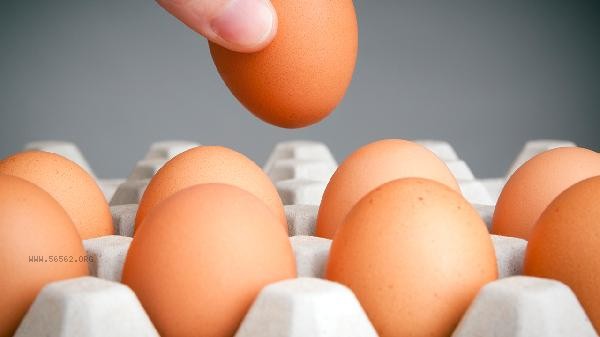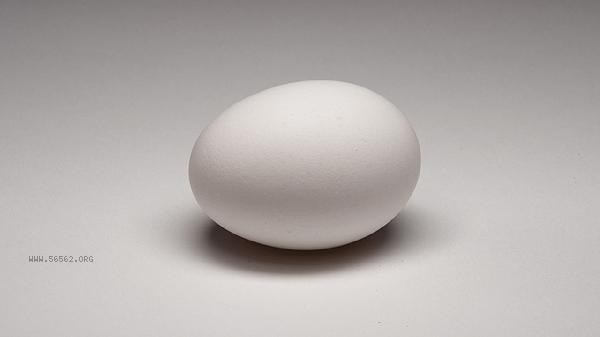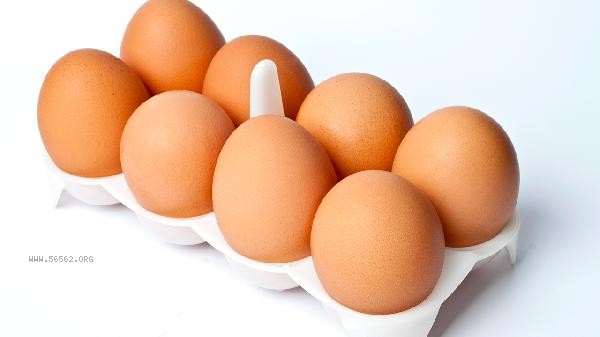Milk can be steamed with eggs to make egg custard, and the combination can enhance its nutritional value and taste. Milk is rich in high-quality protein and calcium, while eggs contain lecithin and vitamin D. Mixing and steaming can make the egg custard smoother and promote calcium absorption. Attention should be paid to controlling the temperature to avoid excessive protein coagulation. Lactose intolerant individuals can use lactose free milk as a substitute.

When milk and egg are mixed into steamed egg custard, the whey protein of milk and egg white protein will form a gel network during heating, making the finished product delicate. Lactose in milk may undergo a slight caramelization reaction at high temperatures, adding flavor layers. Some people may be allergic to lactose or eggs and may experience bloating or skin reactions. Long steaming time can cause honeycomb shaped holes in the egg custard. It is recommended to steam over medium heat for 8-10 minutes after boiling water, and cover the bowl with plastic wrap to prevent water vapor from dripping and affecting the taste.

Shrimp or shiitake mushrooms can be added to increase the flavor during preparation. diabetes patients are advised to reduce the amount of milk. After steaming, sprinkle a little chopped scallion or sesame oil to enhance the aroma, cool to the appropriate temperature before consumption to avoid burning the oral mucosa. Pay attention to the diversity of ingredients in daily diet. Egg custard can be paired with whole wheat bread for breakfast, but high cholesterol individuals should not consume it more than 3 times a week.









Comments (0)
Leave a Comment
No comments yet
Be the first to share your thoughts!